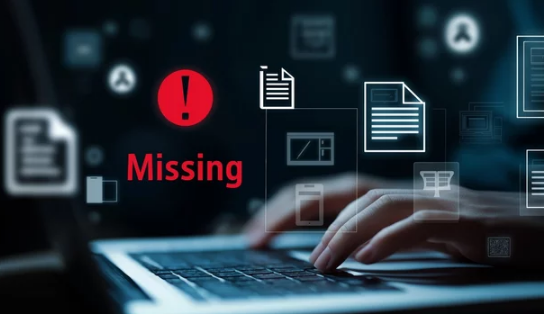Malware infections can be scary. They slow down your PC, flood you with pop-ups, steal personal information, and even make your computer unusable. While many paid antivirus programs promise to remove malware, you don’t always need to spend money to clean your system. With the right tools and methods, you can remove malware for free and protect your computer effectively.
This guide will walk you through step-by-step instructions to detect, remove, and prevent malware infections—without paying for expensive software.
Step 1: Disconnect from the Internet
As soon as you suspect malware:
- Disconnect Wi-Fi or unplug your Ethernet cable.
- This prevents malware from spreading, downloading more malicious files, or sending your personal data to hackers.
Step 2: Boot into Safe Mode
Safe Mode starts Windows with only the essential programs, making it easier to isolate and remove malware.
- Press
Windows + R, typemsconfig, and hit Enter. - Go to the Boot tab → check Safe boot → select Network (if you need internet for tools).
- Restart your PC.
Step 3: Uninstall Suspicious Programs
- Press
Windows + R, typeappwiz.cpl, and press Enter. - Look for recently installed or unknown programs.
- Uninstall anything you don’t recognize or trust.
Tip: Malware often hides under fake software names like “Video Player” or “Update Tool.”
Step 4: Run Windows Defender (Built-in Antivirus)
Windows comes with Microsoft Defender Antivirus, which is free and powerful.
- Open Start → Settings → Update & Security → Windows Security.
- Select Virus & Threat Protection.
- Run a Full Scan to check all files.
Step 5: Use Free Malware Removal Tools
There are excellent free tools that can remove stubborn malware:
- Malwarebytes Free – Detects and removes trojans, spyware, and adware.
- AdwCleaner – Specializes in removing adware and browser hijackers.
- Kaspersky Security Cloud Free – A lightweight but strong free antivirus option.
- ESET Online Scanner – Cloud-based scanner that requires no installation.
Download and run one or more of these tools while in Safe Mode.
Step 6: Delete Temporary Files
Malware often hides in temp folders.
- Press
Windows + R, type%temp%, and hit Enter. - Select all files and delete them.
- Empty the Recycle Bin.
This frees up space and may remove malicious scripts.
Step 7: Reset Your Browser
If your browser is hijacked (strange homepages, ads, unwanted extensions):
- In Chrome/Edge/Firefox → Go to Settings → Reset Settings.
- Remove unknown extensions or plugins.
- Clear browsing data (cache and cookies).
Step 8: Check Task Manager for Suspicious Processes
- Press
Ctrl + Shift + Escto open Task Manager. - Look for unfamiliar processes using high CPU or memory.
- Right-click → Open File Location.
- If it’s in a suspicious folder, end the process and delete the file.
Step 9: Restore Hosts File and System Settings
Some malware modifies system settings:
- Press
Windows + R, typenotepad C:\Windows\System32\drivers\etc\hosts, and hit Enter. - Ensure only default entries are there (usually just
127.0.0.1 localhost). - Reset proxy settings under Internet Options → Connections → LAN settings.
Step 10: Create a New User Account (Optional)
If malware damaged your current user profile, create a fresh account:
- Go to Settings → Accounts → Family & other users.
- Add a new account.
- Transfer your files and delete the infected profile.
Step 11: Update Windows and Software
After cleanup, install the latest Windows updates and update your apps. Outdated software is a common entry point for malware.
Step 12: Prevent Future Malware Infections
- Always download apps from trusted sources.
- Use Windows Defender + Malwarebytes Free for double protection.
- Keep backups of important files on an external drive or cloud.
- Be cautious with email attachments and suspicious links.
- Avoid pirated software and “cracked” programs.
Conclusion
You don’t need to pay for expensive antivirus software to remove malware. By using Windows’ built-in tools, free security software, Safe Mode, and careful cleanup steps, you can remove infections and restore your PC to normal.
The key to long-term protection is prevention—keeping your system updated, avoiding unsafe downloads, and practicing safe browsing habits. With these methods, your computer stays secure without spending a dime.
Also Read :
